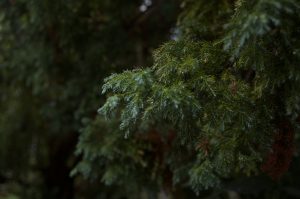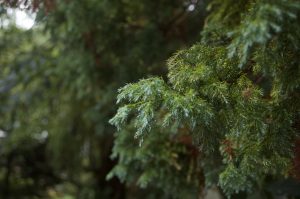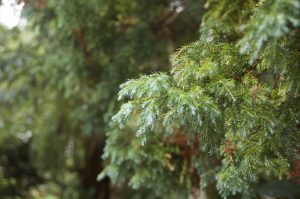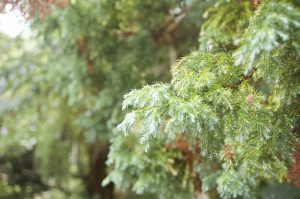Behind the Camera
The ISO is a measure of the light sensitivity of the sensor, or film, in the camera. It stands for the International Standards Organization. The ISO settings on my camera are 200, 400, 800, and 1600. 200 being the lowest light sensitivity with the sharpest image and 1600 being the highest and grainiest image. Other cameras have higher and lower ISO’s available to them but my Nikon D50 is pretty basic.




ISO combined with shutter speed and aperture combine to create the exposure. The exposure is how much light is collected on the photo. I will be getting into aperture and shutter speed in a later post. For these photos I kept the shutter and aperture constant.
In front of the lense
The tree I have taken a photo of gives me an opportunity to talk about evapotranspiration. Evapotranspiration is the process whereby water is transported from the roots to the leaf of a tree. The tree is constantly evaporating water out through its foliage and sucking water up from the roots. This is a fascinating process, but the thing I find most interesting is that this evaporation contributes to total rainfall. The trees in a forest have a massive effect on local precipitation levels. The water evaporated from the trees condenses into rain clouds which falls back onto the forest. This is more pronounced in tropical climates but is a factor in all forests.
Evapotranspiration is both a cause and solution to climate change. Deforestation decreases the amount of water being pumped into the atmosphere creating less rainfall and desertification. Planting more trees can help push back deserts and decrease droughts. Just one example of how interconnected everything is.
For this blog I have found a great resource in expertphotography.com and I will be using them for my advice on how to use the settings on my camera. The article I used this week can be found here. For the science side of things I will be using a variety of educational Youtube videos from some great educational youtubers. This weeks video is from MinuteEarth.
All photos were taken by me and are open for reuse with attribution.